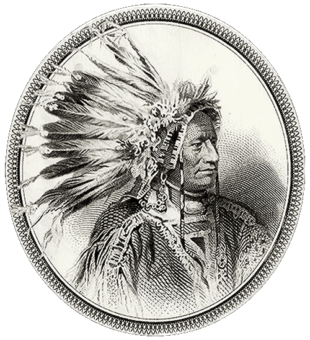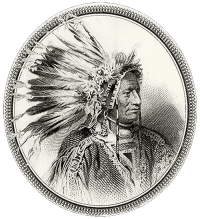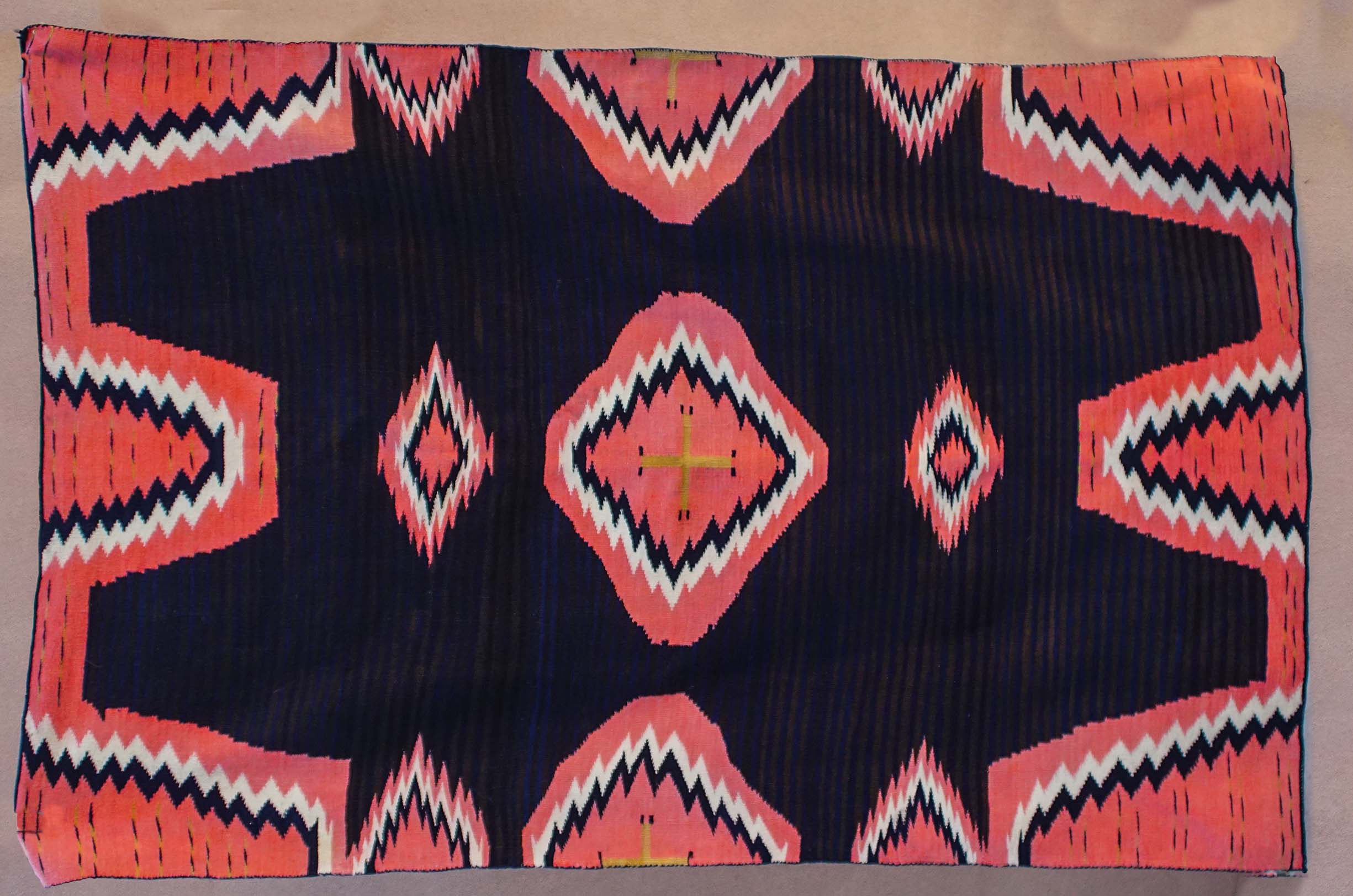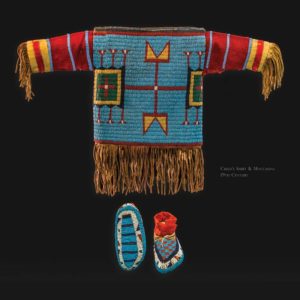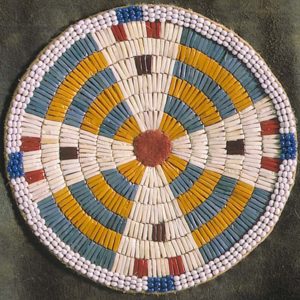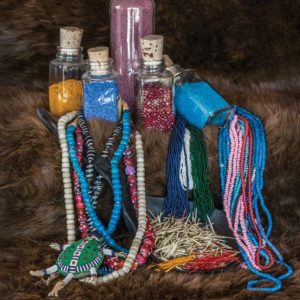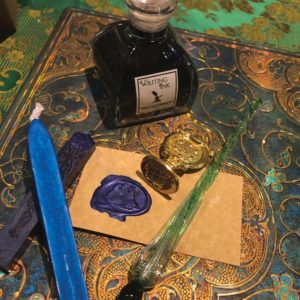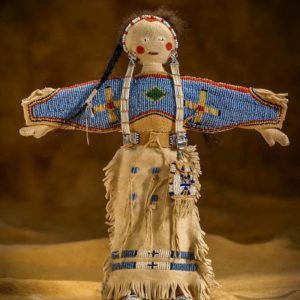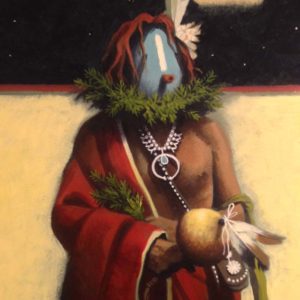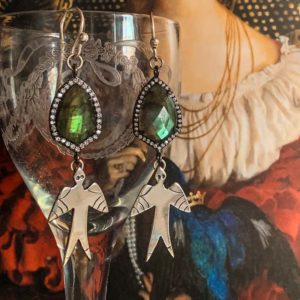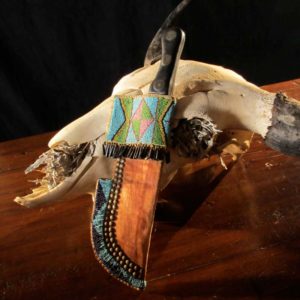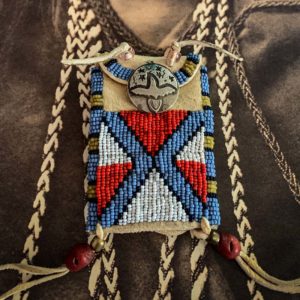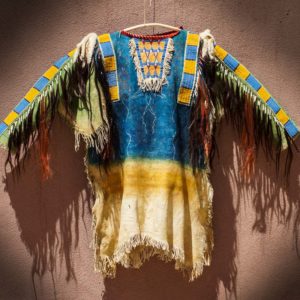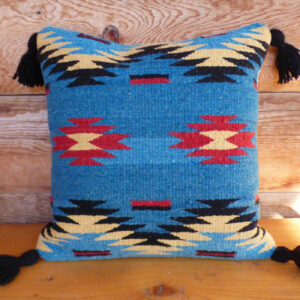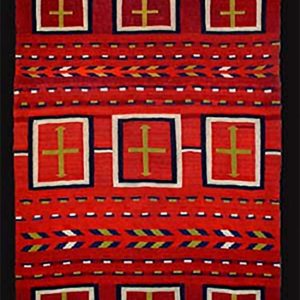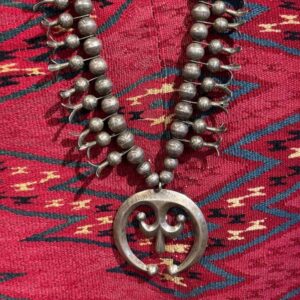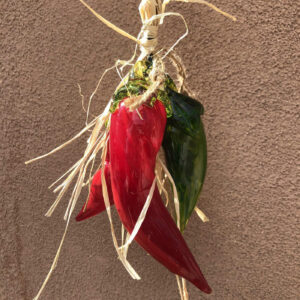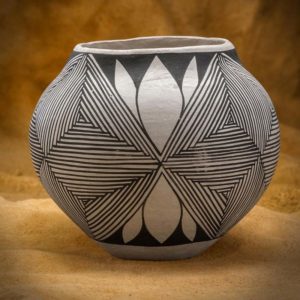Navajo Late Classic Moki
Moki is a Navajo weaving style characterized by Indigo Blue and Dark Brown bars. Starting in the 16th century, the Spanish began introducing horses, sheep, and textile weaving to the Pueblo tribes in the Southwest (eg. Hopi and Zuni). The Navajos had adopted the practice of weaving by the 1700s, if not earlier. This is considered the beginning of the Classic Period of Navajo weaving.
As the practice of weaving spread, indigo blue dye (derived from the indigo plant) became a popular trade item from the Spanish to the Navajo. This paved the way for the Moki design to emerge. The Moki design is one of the oldest designs in Navajo weaving and we have archaeological evidence dating to around 1750. The Navajos borrowed this design from their Pueblo neighbor, the Hopi tribe. The word “Moki” was an informal name that the Spanish called the Hopi peoples. When the Navajo borrowed the style and integrated it into their weavings, they continued to call this style a Moki, or in other words, a Hopi-style design. Early Mokis would have just been the blue and brown bars. Overtime, Navajos continued to use this style but superimposed more and more elaborate red designs on top of the Moki background. We have classic Navajo blankets with Moki designs dating back to 1870 and we are still purchasing contemporary Navajo weavings with Moki designs. The Moki design is one of the most enduring style and color choices in all of Navajo weaving as we can see examples from 1750 all the way to the present day.
eled
MATERIAL: Wool. Indigo dye, Raveled red trade cloth
ORIGIN: Navajo
SIZE: 76 x 49″
PERIOD: 1875
PRICE: on request

